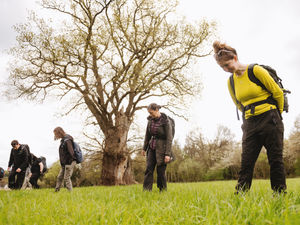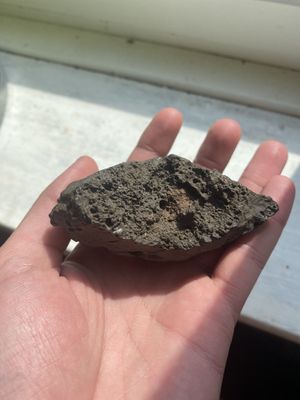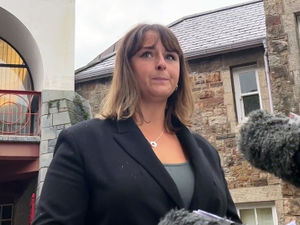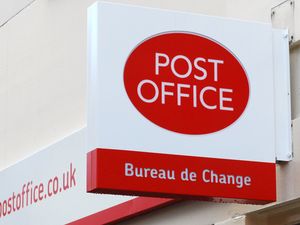Shropshire enthusiasts continue meteorite search despite 'find' not being from fireball
People in Shropshire are still scouring the countryside for meteorite rocks after a spectacular fireball was seen over the region.

Scientists from across the UK descended on the Condover, Dorrington areas and the A49 area close to Shrewsbury and spent six days fruitlessly searching for signs of the meteorites - after the fireball lit up the sky late last Wednesday evening.
They have now returned to their bases, including universities in Glasgow, London, Plymouth and Manchester, but are dealing with around 100 cases of sightings after asking the general public to keep a lookout.
Shropshire Star reader Connor Sale sent in a picture of a rock he had found whilst walking in the Pontesbury area.
He said: "I just kicked it as I walked past but I realised it was a lot heavier than your normal stone or rock.
"I then picked up the rock and it had a shine to it and almost smelt like a burning metal so I brought it home and as it’s been sat on my window sill for a couple of days now it’s beginning to what i think looks like as rust in the centre of it starting to form."

Unfortunately his 'find' was not to be one of the sought after pieces of meteorite, some of which from last year's Winchcombe find in the West Country sold for thousands of pounds.
Dr Aine O'Brien, a scientist from the University of Glasgow said the rock was too rough looking around the edges and bumpy overall to be a possible piece.
She has spent the last day since arriving back at her office checking satellite feeds and co-ordinates ahead of a possible return to the county later this year - but has also dealt with plenty of pictures sent in from the general public of rocks they have found.
She said: "We thank them all for their diligence in looking out for meteorite rock, many have searched their properties and the gardens or paths surrounding them, others have been on their normal daily walk and kept a special eye out for the rock but so far it has proved fruitless, as did the search we did over the last week.
"We did a similar thing last year with the Winchcombe find when through a public appeal we managed to find a number of fragments of the rock which eventually went for auction.
"This time it seems to be spread over a wider distance but we know where the fireball happened, we have very accurate equipment to measure it so the rock is out there but it is important to know exactly what you are looking for."
Professor Katie Joy, of the University of Manchester, said: "The meteorite won’t be hot and is as safe to handle as any other rock, but please don’t pick it up with your bare hands as that would contaminate the stone."
Jason Williams from the East Anglian Astrophysical Research Organisation (EAARO), one of the first organisations to locate the fireball said the meteorites which had been recovered so far in the UK were far between the size of a walnut and an apple.
He said: "They would have hit the ground at possibly 100 mph so could have cracked solar modules or other fragile targets.
"If you find something that could be a candidate, then please take a couple of photos of it before moving it; note the exact location using GPS or what-3-words; pick it up in either a clean plastic bag or clean aluminium foil."
He added they would take a look at anything that was sent to them to identify whether it was a possible meteorite.
Jason can be contacted at info@eaaro.org.uk and or you can contact the Fireball Alliance with coordinates and photos at shropshire@ukfall.org.uk.





